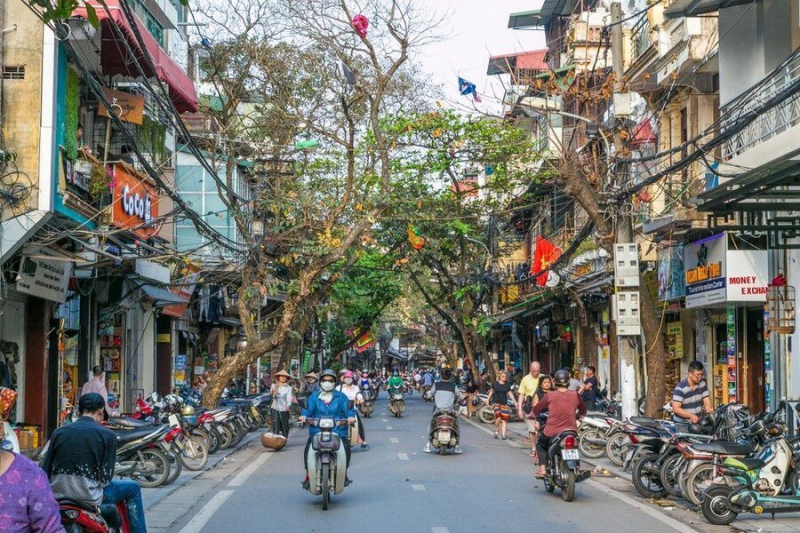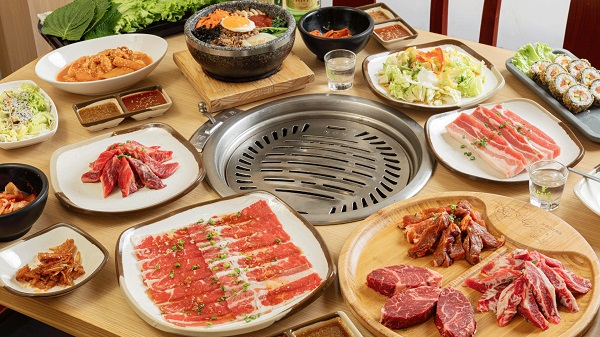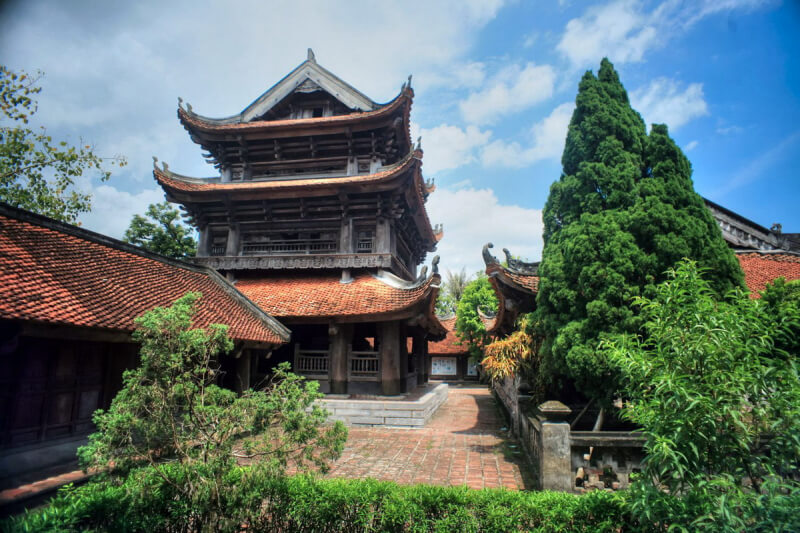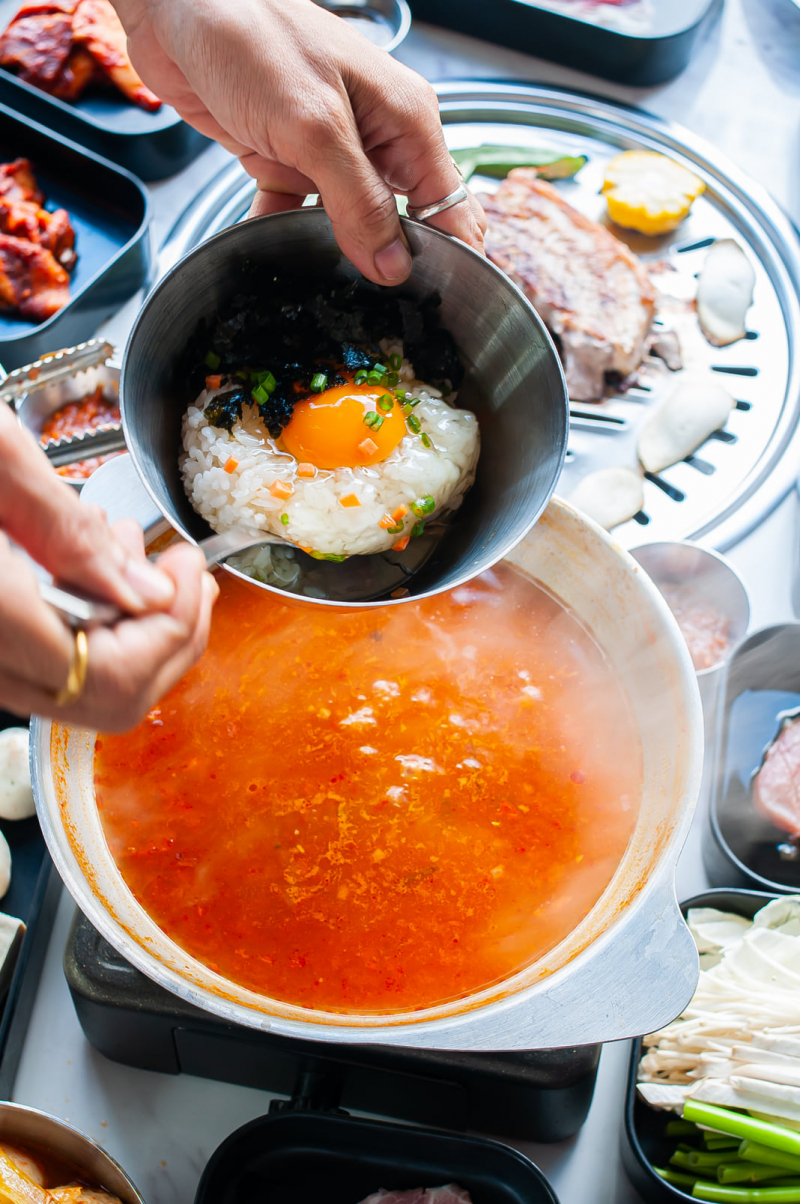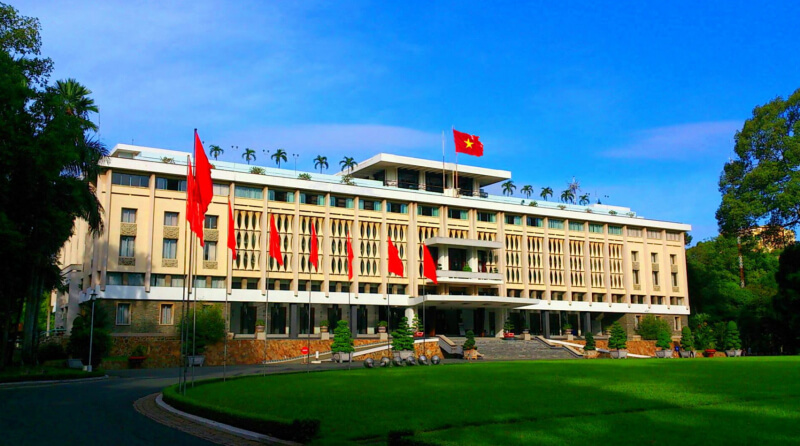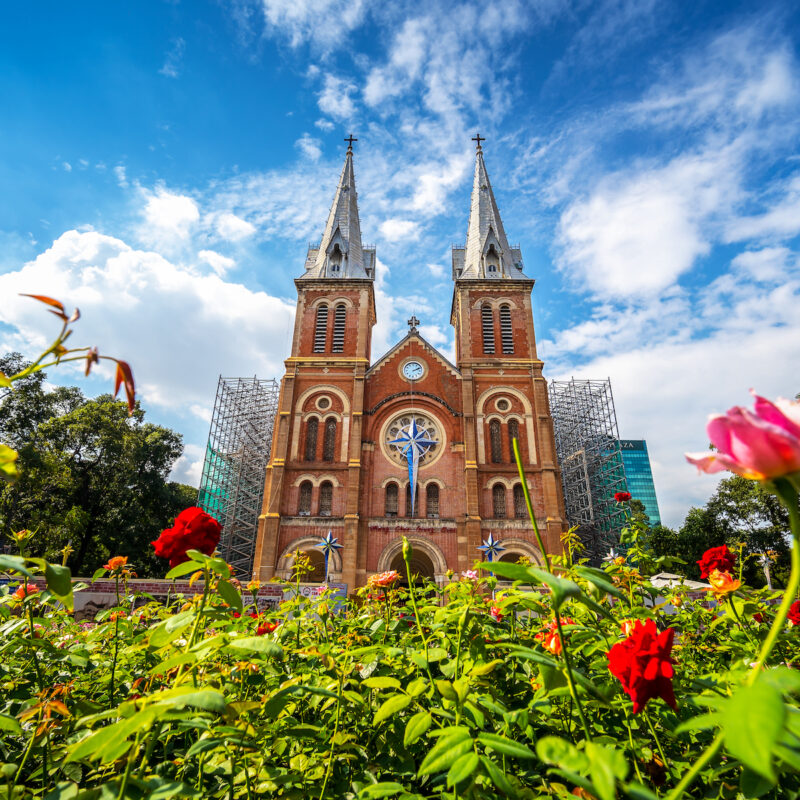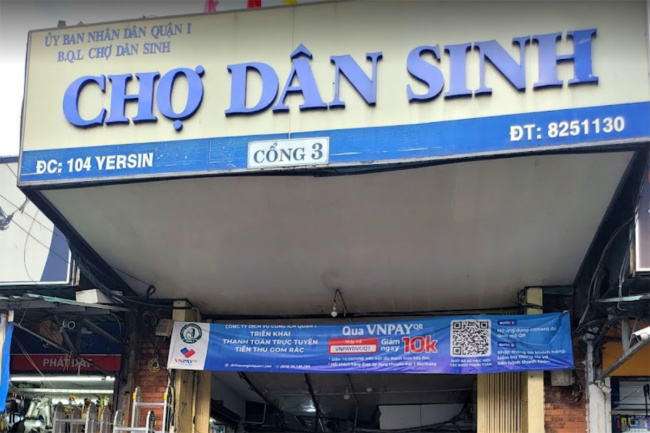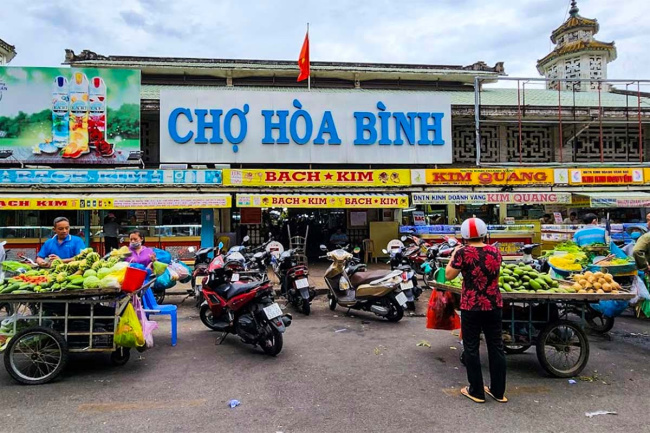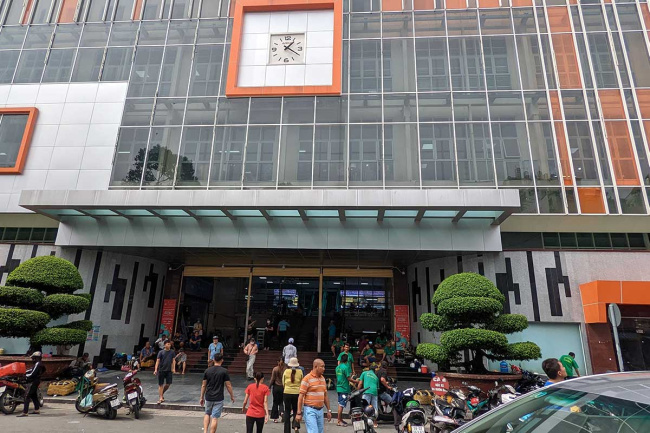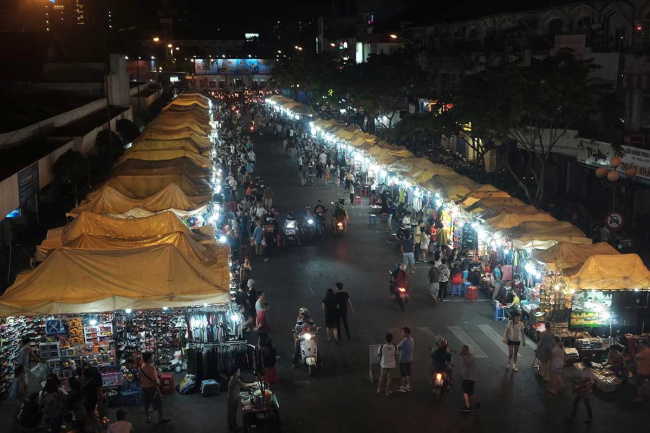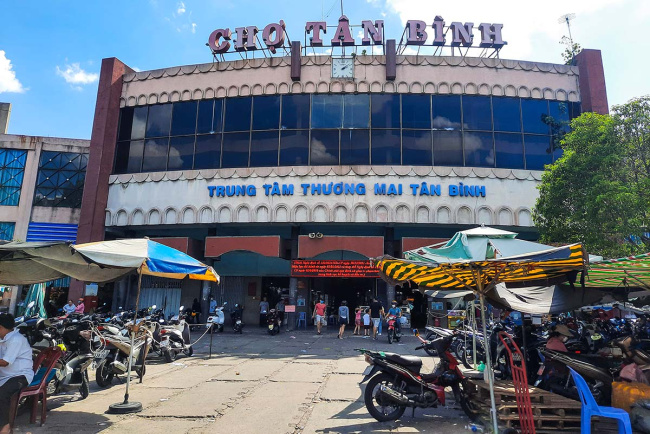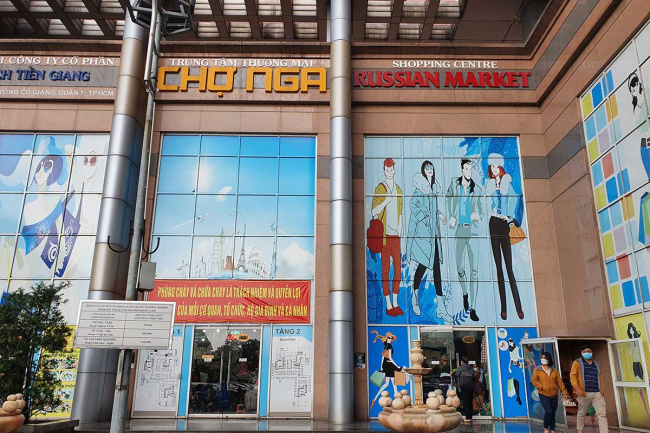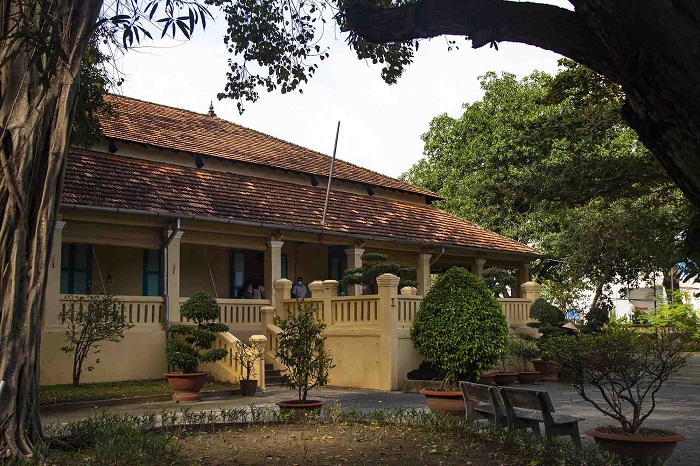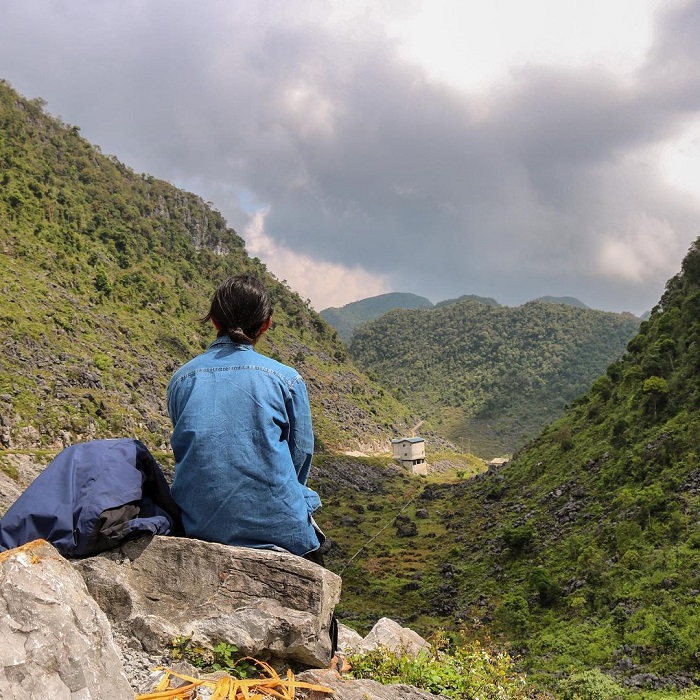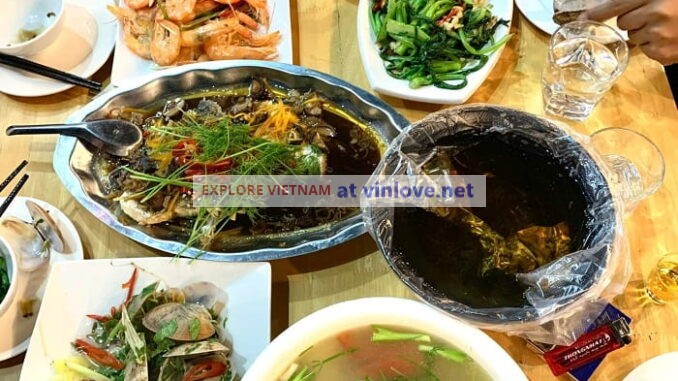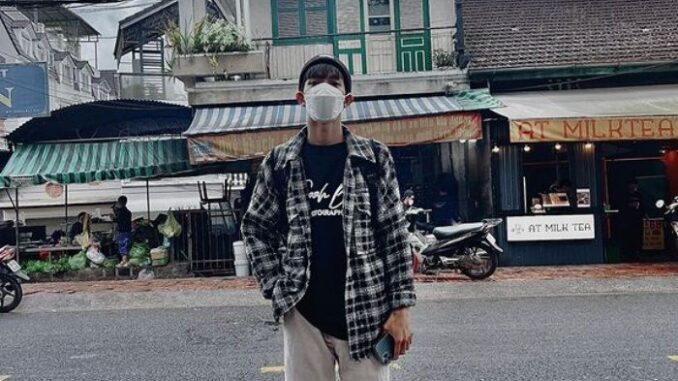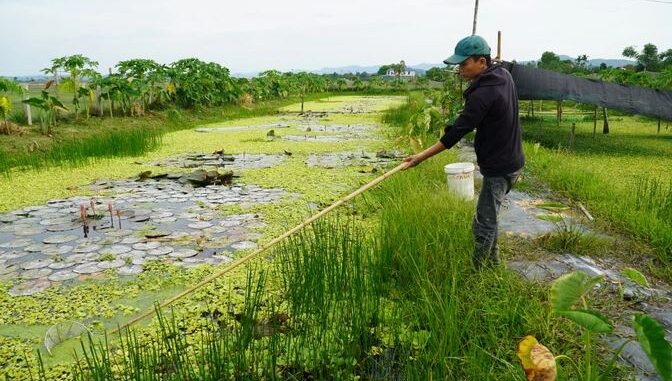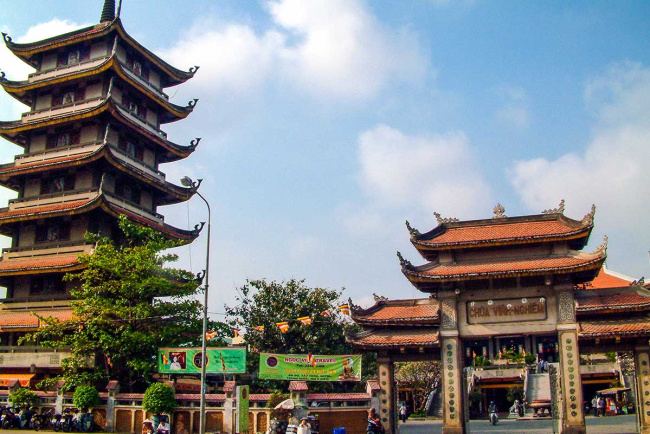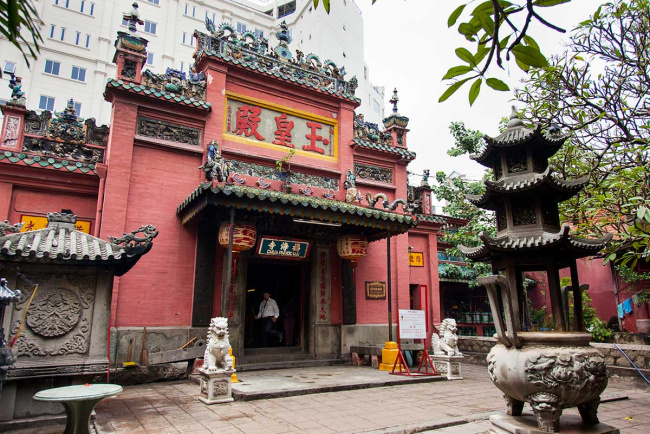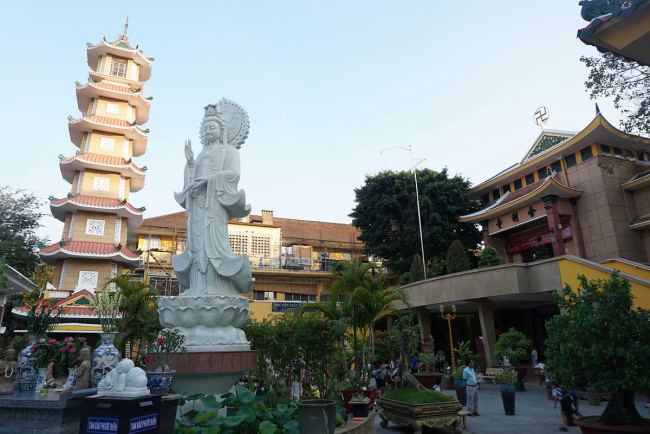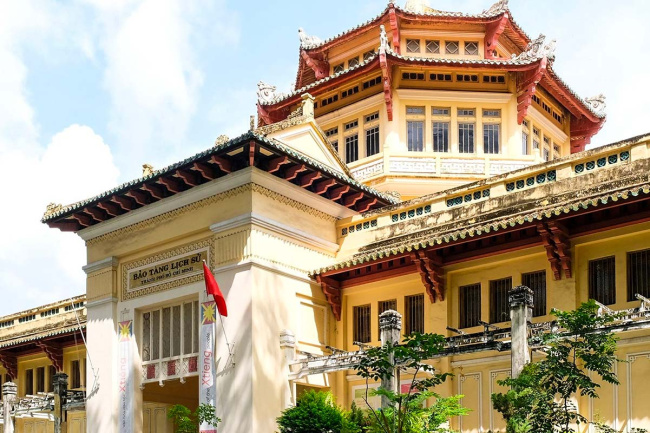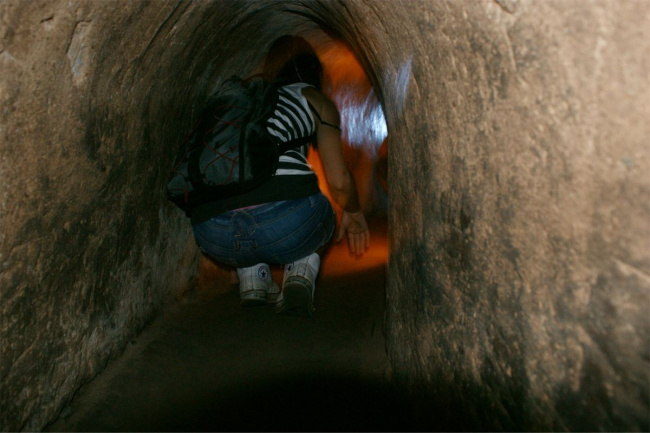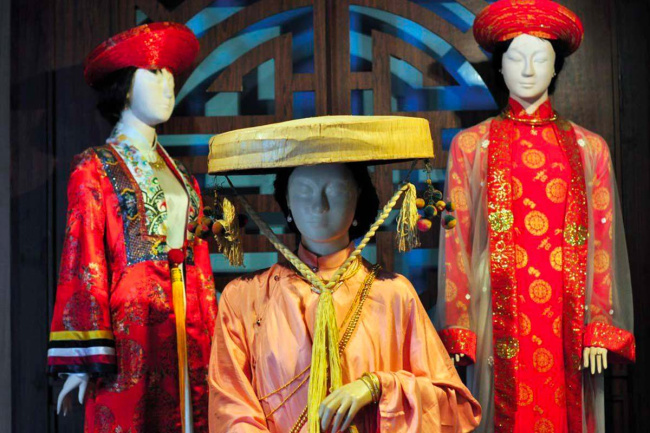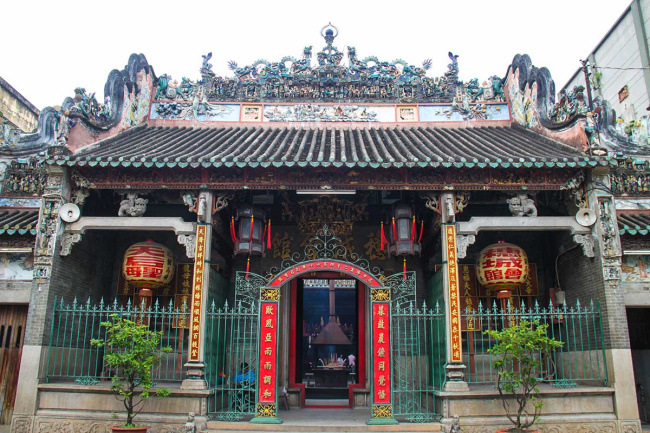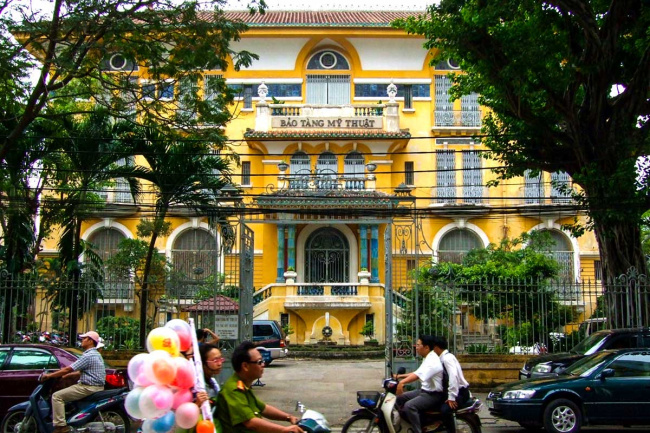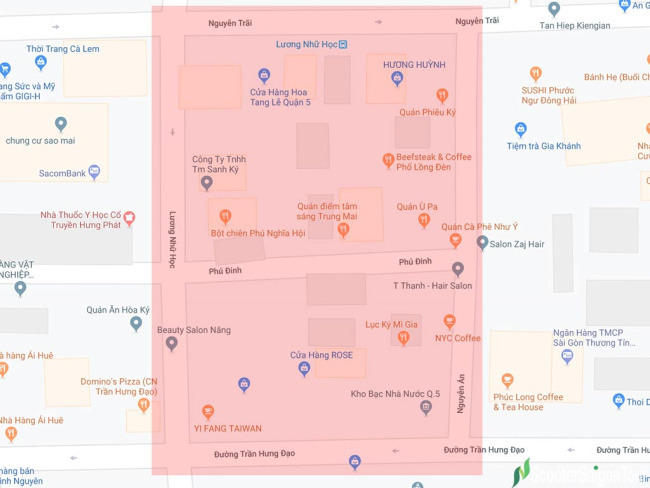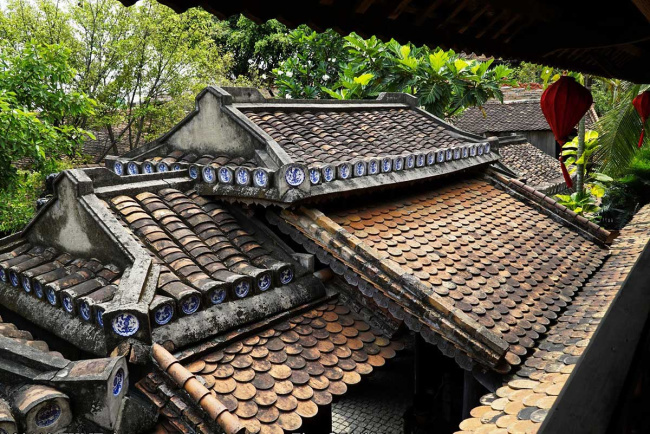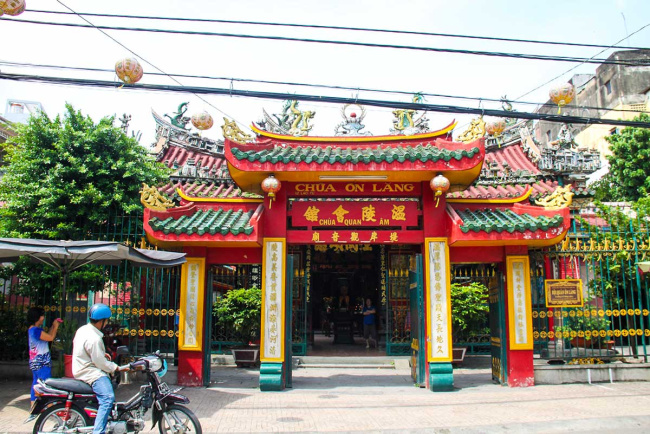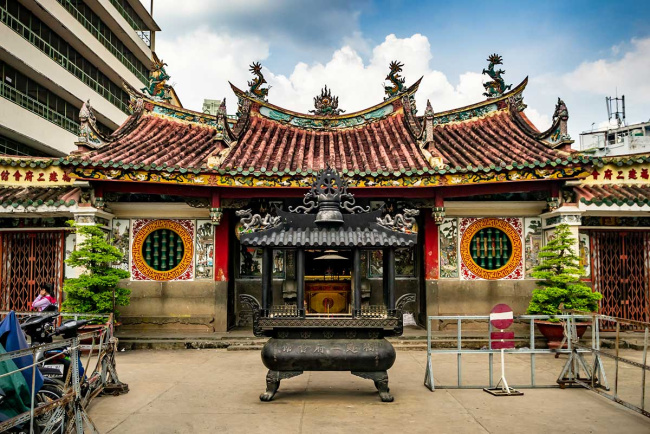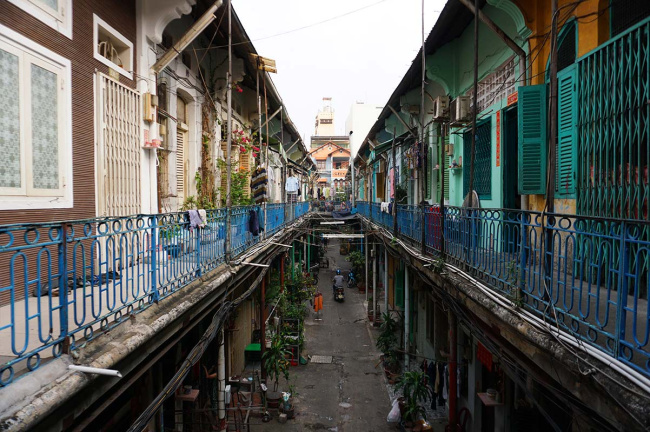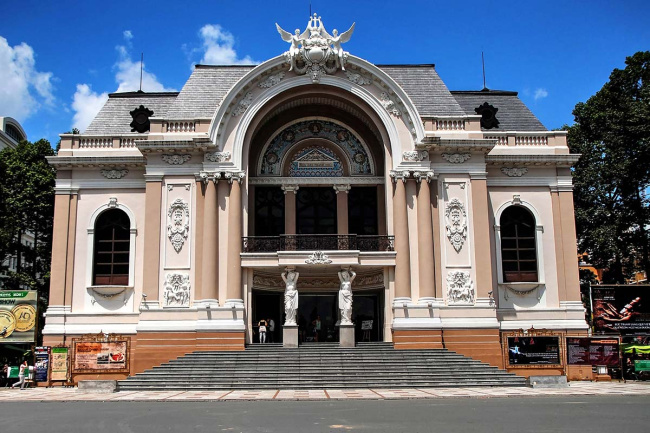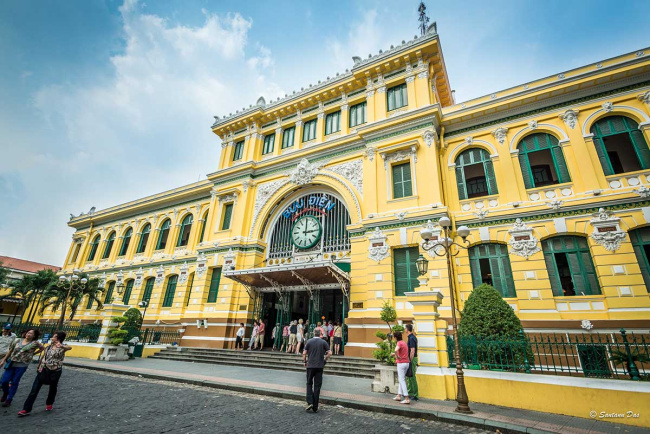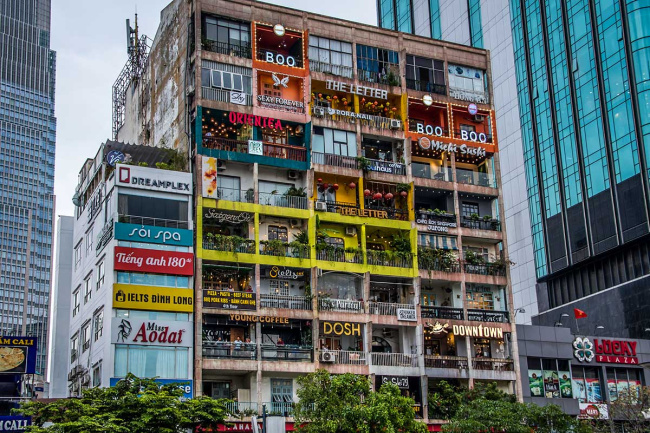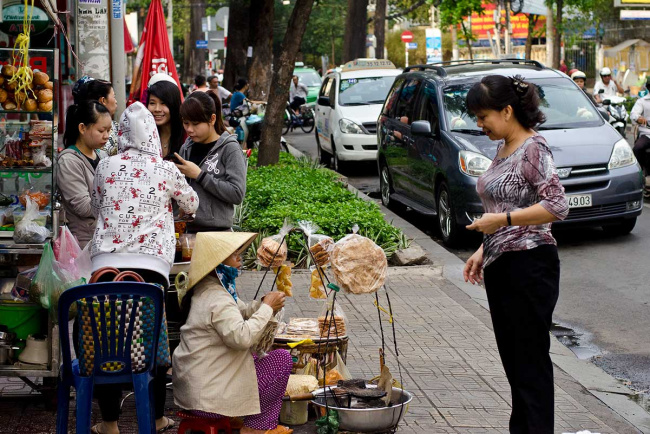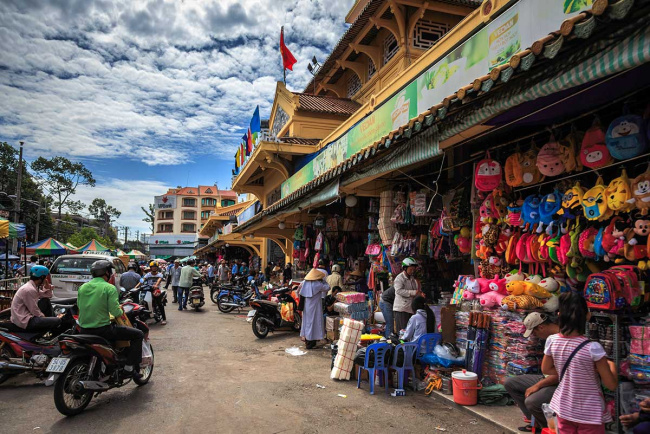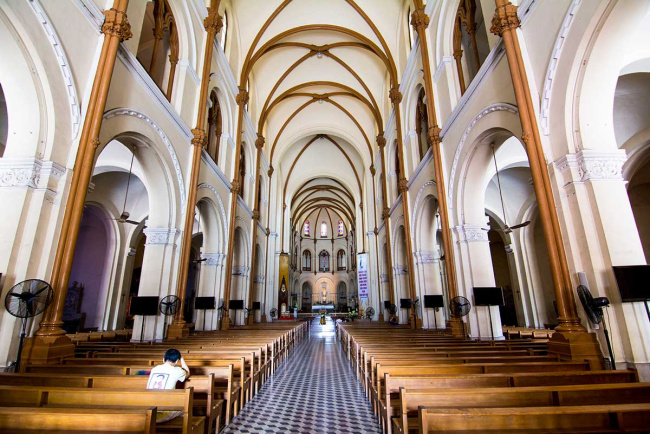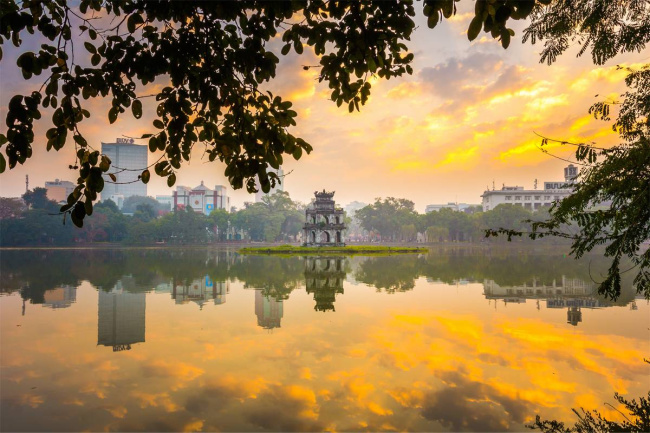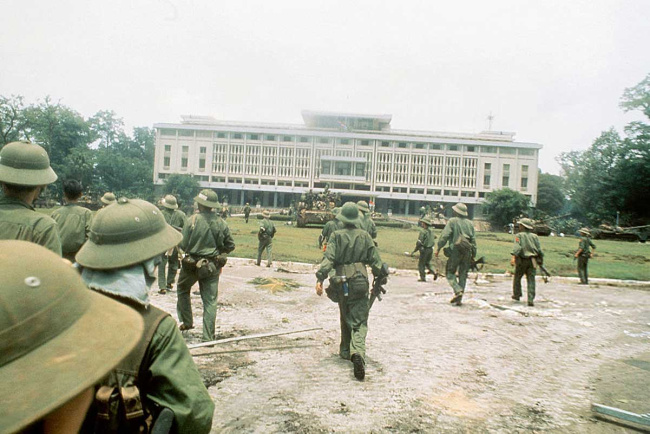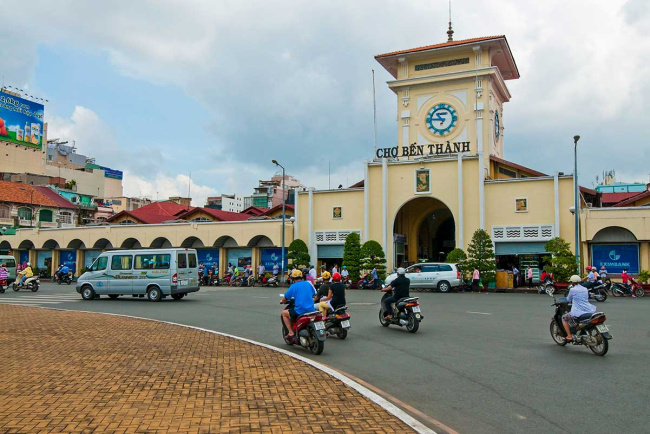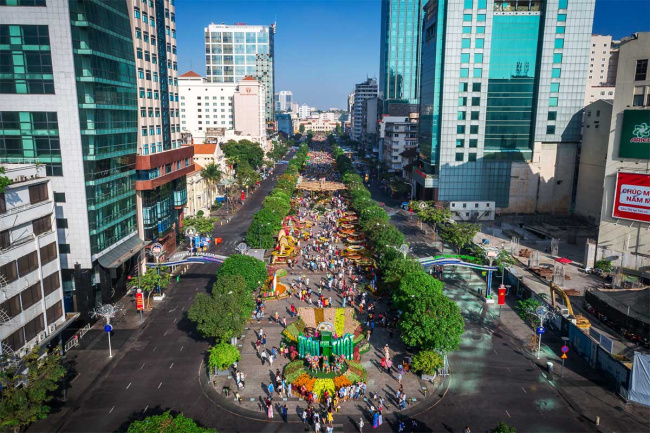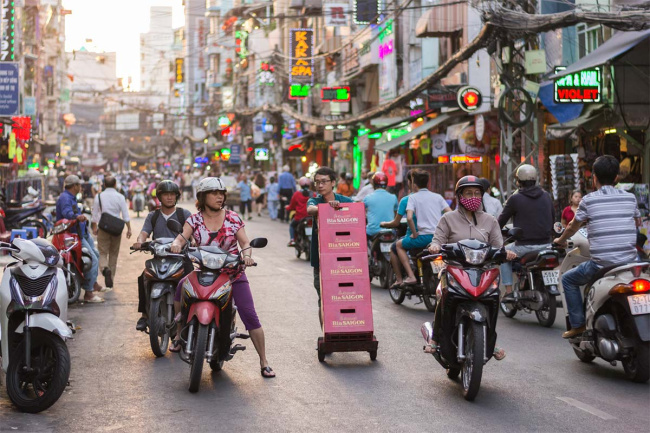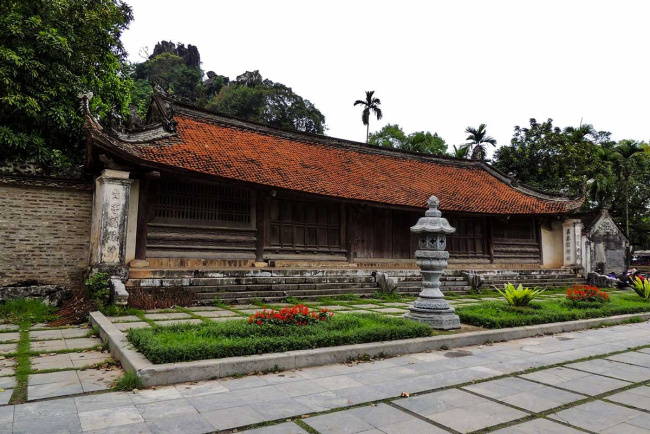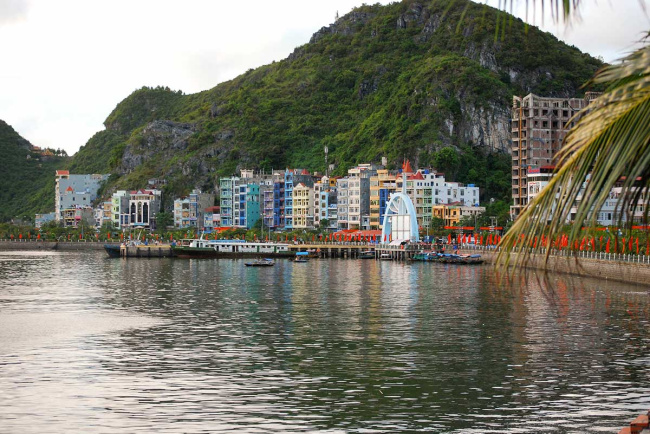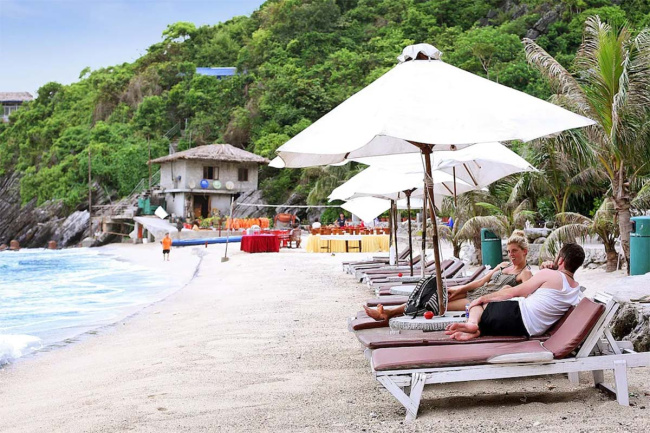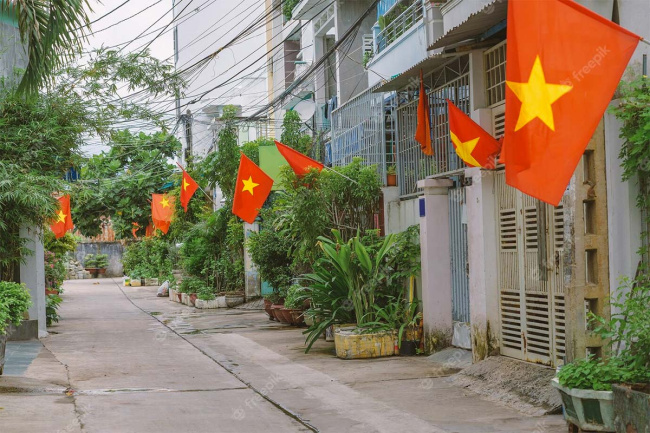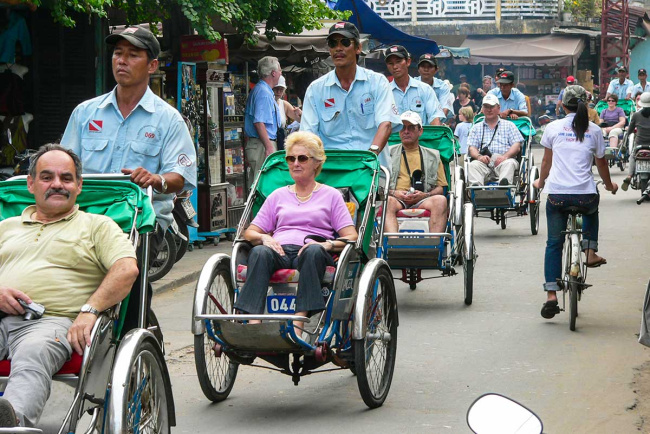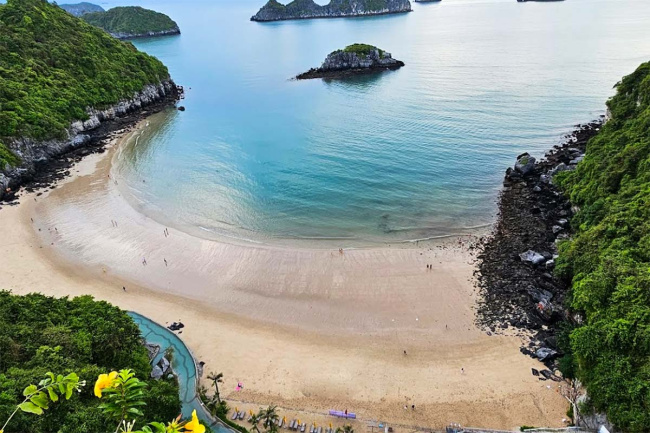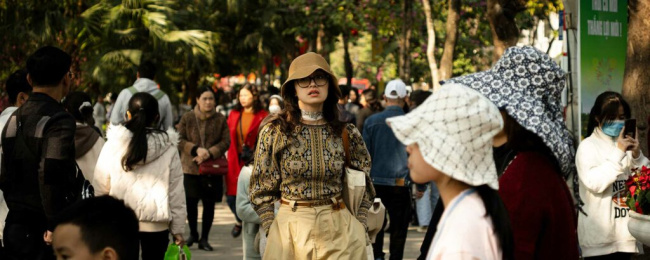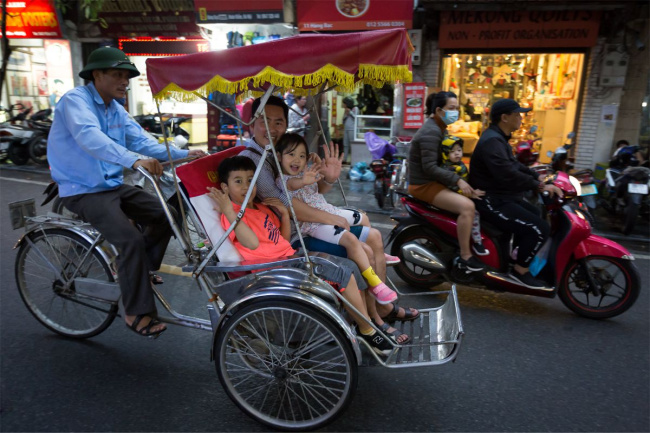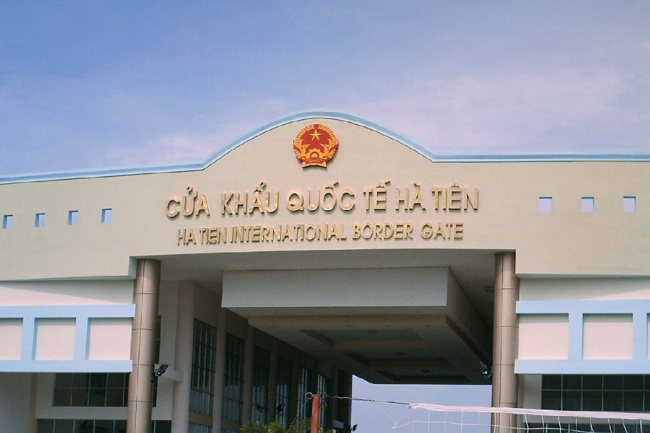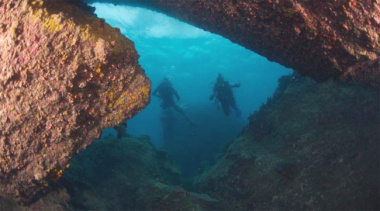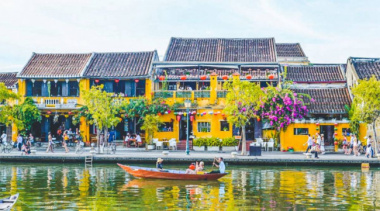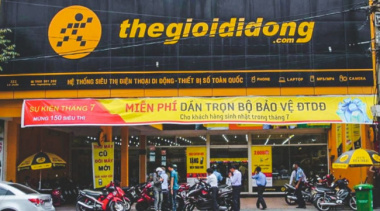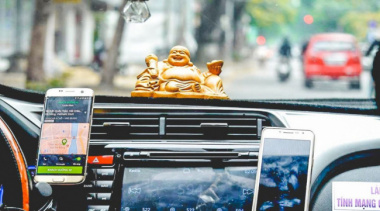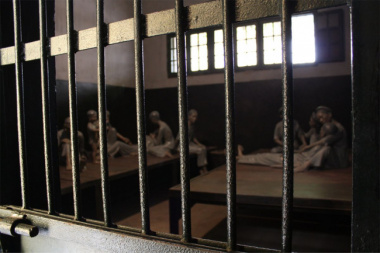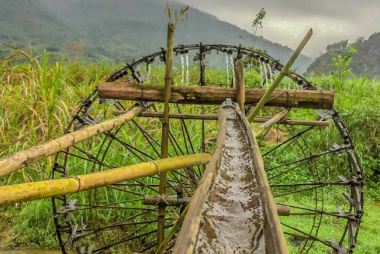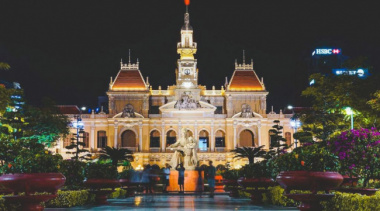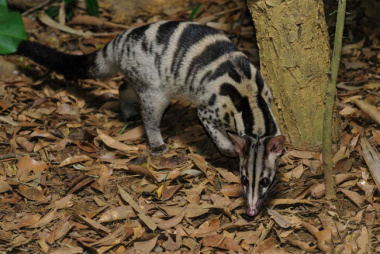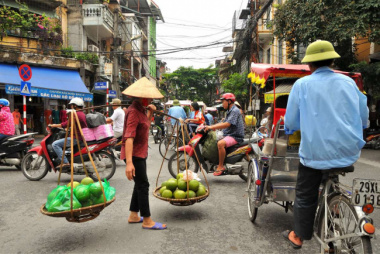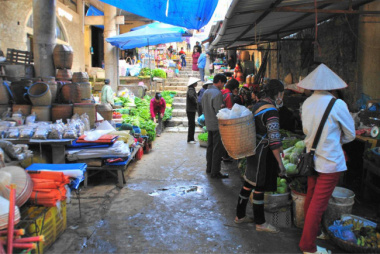War Remnants Museum – the dark history of the Vietnam War
- Short introduction about the Vietnam War
- What to see and expect in the Vietnam War Museum
- Visiting the War Remnants Museum
- Other Vietnam War related sights in Ho Chi Minh City
- Tips for visiting War Remnants Museum
The War Remnants Museum, formerly known as the Vietnam War Museum, is a must-see attraction for visitors to Ho Chi Minh City. Located in the heart of the city, this museum offers a powerful and emotional look into the Vietnam War. It features exhibits and displays of weapons, photographs, and other artifacts that provide a vivid insight into the effects of the war on the Vietnamese people and the country as a whole. The War Remnants Museum is an important part of Vietnam’s history and an essential stop for anyone interested in learning more about this period of conflict.
Short introduction about the Vietnam War
The Vietnam War was a prolonged conflict that took place from 1955 to 1975. It was fought between the communist government of North Vietnam and the government of South Vietnam, which was supported by the United States and other anti-communist allies. The conflict was a result of the political and ideological divide between the two sides, with North Vietnam seeking to reunify the country under communist rule and South Vietnam seeking to remain independent and democratic.
The war was characterized by a mix of conventional and guerrilla warfare, with the North Vietnamese Army and the Viet Cong forces fighting against the South Vietnamese Army and its allies. The conflict resulted in a significant loss of life, with estimates suggesting that over 3 million Vietnamese and 58,000 American soldiers were killed. The war ended with the fall of Saigon to the North Vietnamese Army in 1975, and the subsequent reunification of Vietnam under communist rule.
What to see and expect in the Vietnam War Museum
The museum houses a vast collection of exhibits, including photographs, documents, weapons, and military vehicles, that illustrate the horrors of the war and its impact on the Vietnamese people.
Historical exhibits: There is a collection of photographs, documents, and artifacts that chronicle the history of the Vietnam War. These exhibits provide insights into the causes, progression, and consequences of the war from a Vietnamese perspective.

War crimes section: This section highlights the devastating impact of the war, including the effects of chemical warfare and the use of Agent Orange. It showcases photographs, testimonies, and exhibits that shed light on the long-term health and environmental consequences of the war.
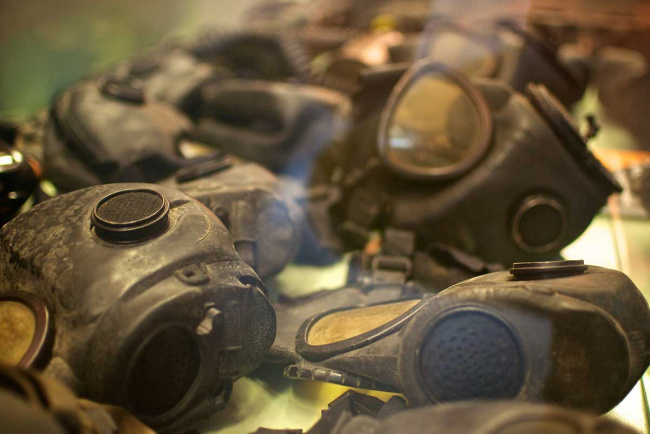
Prisoner of War Section: This section focuses on the experiences of prisoners of war during the conflict. It includes displays depicting the conditions of the prisons, the treatment of prisoners, their struggle for survival, as well as a replica of the infamous “tiger cages” used to house political prisoners.
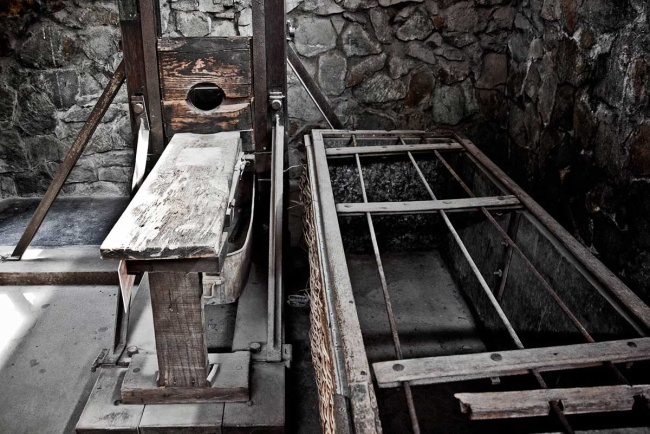
Requiem Exhibition: This powerful photographic exhibition captures the work of photojournalists who documented the war. It showcases their images and narratives, providing a poignant reflection on the human cost of the conflict. There is also a section on the international anti-war movement and the role of journalists in covering the war.
Post-War Reconstruction: The museum also highlights the post-war period, displaying exhibits that depict the efforts made to rebuild and develop the country in the aftermath of the war.
Outdoor Display: The War Remnants Museum also has a collection of various military vehicles that were used during the Vietnam War. You can see helicopters, tanks, artillery pieces, and even an airplane. Some of the most interesting vehicles on display include a UH-1 Huey helicopter, a Cessna O-1 Bird Dog observation plane, and an M48 Patton tank. Many of the vehicles are displayed outside in the museum courtyard, giving you a chance to see them up close and take photos. The vehicles are well-maintained and provide a unique insight into the equipment and technology used during the war.
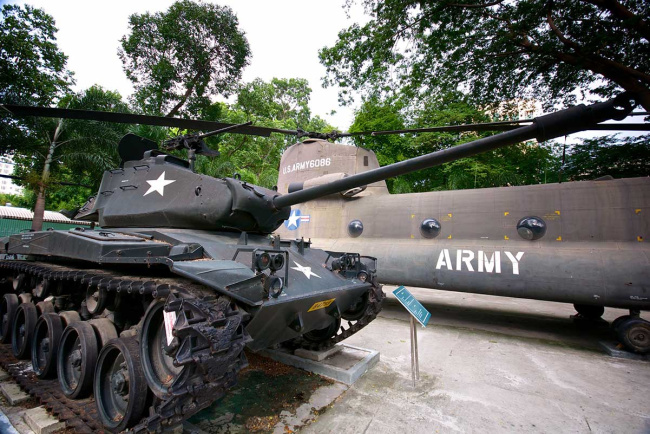
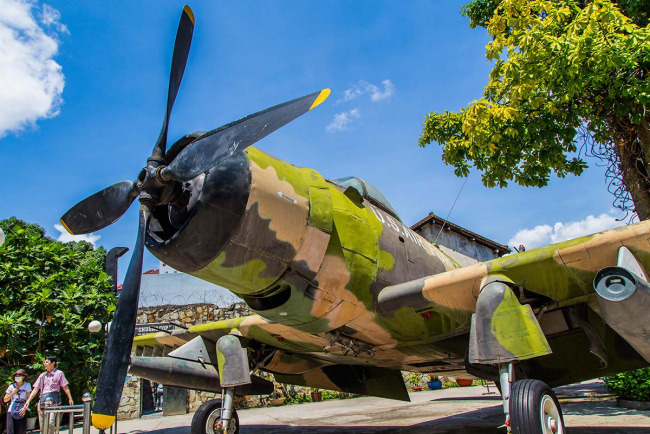
Visiting the War Remnants Museum
- Opening Hours: 7:30 AM – 6 PM
- Entrance fee: Adults VND 40,000/person & Children under 6 it is free
- Address: Phường 6, District 3, Ho Chi Minh City
The War Remnants Museum is located in Ho Chi Minh City and is open every day from 7:30 am to 6:00 pm. The entrance fee is 40,000 VND per person (approximately $1.75 USD).
The War Remnants Museum is located in District 3, which is adjacent to District 1 in Ho Chi Minh City. The distance from the city center in District 1 to the museum is about 3 kilometers (1.8 miles), which takes approximately 10-15 minutes by taxi or motorbike. The taxi fare would be around 40,000-60,000 VND (about $2-3 USD) depending on the traffic conditions. It is located close to other popular attractions such as the Independence Palace and Notre Dame Cathedral.
There is no strict dress code, but you should dress respectfully and avoid wearing clothing with offensive slogans or images. The museum can get crowded during peak hours, which are usually between 9:00 am and 12:00 pm, so it is best to visit during less busy hours in the afternoon. You should also be prepared to spend several hours at the museum to fully explore the exhibits and displays.
Other Vietnam War related sights in Ho Chi Minh City
Aside from the War Remnants Museum, there are other Vietnam War related sights to see in Ho Chi Minh City. One such site is the Reunification Palace, which was formerly the presidential palace and served as the site of the end of the war when a North Vietnamese tank crashed through the gates in 1975.
Another important site is the Cu Chi Tunnels, which are located outside of the city and were used by the Viet Cong during the war. Visitors can explore the extensive network of underground tunnels and see the various traps and weapons used by the guerrilla fighters. Additionally, there is a small museum on site that provides more information about the tunnels and their significance in the war.
Also read: 10 impressive Vietnam War sights
Tips for visiting War Remnants Museum
- Avoid peak hours: The museum can get crowded, especially during midday. To have a more comfortable and less crowded experience, try to visit early in the morning or later in the afternoon.
- Consider age appropriateness: The exhibits at the War Remnants Museum depict the harsh realities of the Vietnam War, including graphic images and descriptions. Some content may be distressing or unsuitable for young children. Use your discretion when deciding whether to bring children or consider preparing them for the sensitive nature of the museum.
- Emotional impact: Keep in mind that visiting the War Remnants Museum can be emotionally challenging. The exhibits provide a glimpse into the tragedies of war and its consequences. Take breaks if needed and be prepared for a potentially somber experience.
- Dress appropriately: The War Remnants Museum is a place of respect and remembrance. Dress modestly and respectfully.
- Take your time: The War Remnants Museum has extensive exhibits, so allocate enough time to fully explore and absorb the information. Give yourself ample time to read the descriptions, view the photographs, and reflect on the history presented.
- Engage with local guides or audio guides: To enhance your understanding of the exhibits and gain insights into the historical context, consider hiring a local guide or utilizing audio guides if available. They can provide valuable background information and answer any questions you may have.
- Explore other Vietnam War sights: If you’re interested in learning more about the Vietnam War, consider visiting other historical sites in the city, such as the Cu Chi Tunnels and the Reunification Palace.
Đăng bởi: Lâm Nguyên


